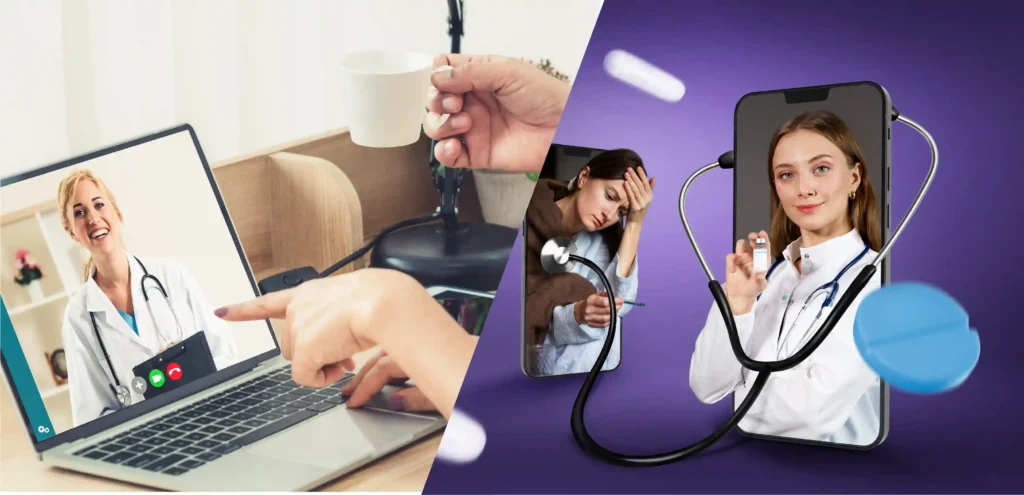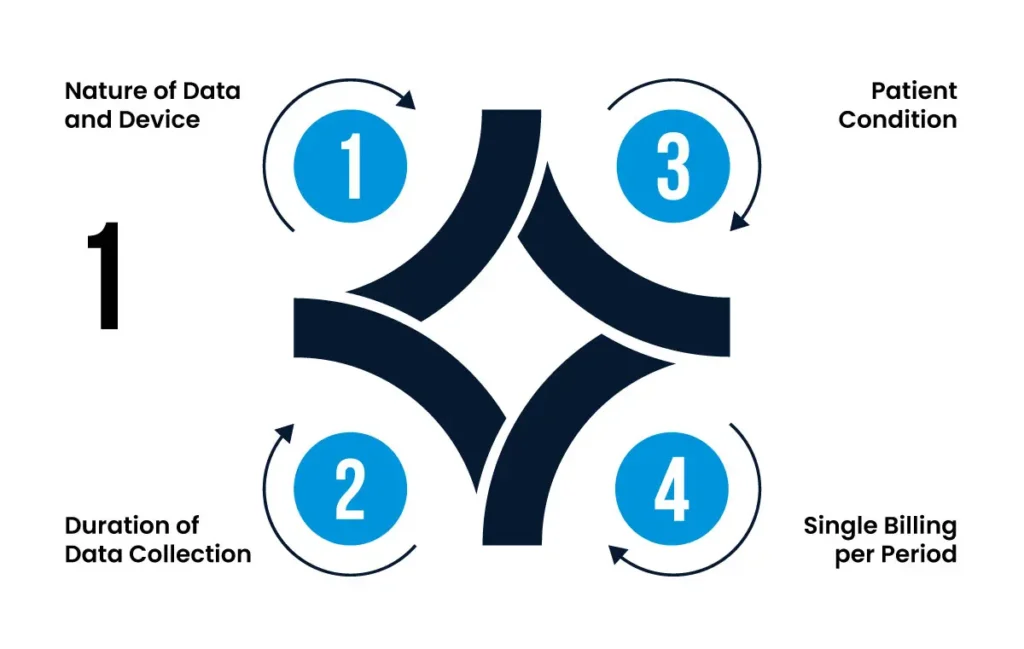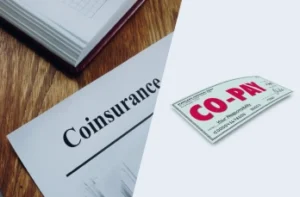
WHAT IS INTEROPERABILITY IN HEALTHCARE?
What Is Interoperability In Healthcare? Electronic health records are considered to be a great advancement in the healthcare field. Early in 1965, they were used

Since the COVID-19 outbreak, the use of telehealth services has seen a dramatic rise. Over the last few years, remote patient monitoring has been considered one of the most revenue-generating programs provided by Medicare care management. With an average reimbursement rate of $115,000 per year for a minimum of 100 patients enrolled in the RPM program, it’s no wonder why healthcare providers are taking notice.
However, one thing that hinders healthcare providers from taking full advantage of this program is the lack of knowledge about the relevant CPT codes. In this blog, we will discuss the essential CPT codes that every healthcare provider should know regarding remote patient monitoring.
For a provider to bill for RPM services, he must meet CMS-defined criteria, which include the following:
1- Using a certified EHR technology that can store and forward patient information to the provider.
2- Having a care plan established for each patient enrolled in the RPM program.
3- Providing at least 20 minutes of remote monitoring services per month for each patient or recording 16 days of device reading.
4- Ensuring that the RPM services are provided by qualified healthcare professionals or clinical staff under the direct supervision of a physician or other qualified healthcare professional.
Code 99453: Initiation of remote health monitoring involves preparing the patient with the necessary tools and knowledge for tracking vital health metrics like heart rate, blood pressure, and more. This one-time process is crucial for effective monitoring.
Code 99454: This code is for the regular provision and maintenance of health monitoring devices. These devices are essential for daily tracking and alerting healthcare providers about the patient’s health status every month.
Code 99457: This billing code covers the first 20 minutes of monthly health management through remote monitoring. It includes time spent by healthcare professionals in communicating and engaging with the patient or their caregiver.
Code 99458: Similar to 99457, this code is applicable for an additional 20 minutes of professional healthcare management over the same month, enhancing patient care and support.
Code 99091: This code is designated for those instances where healthcare professionals spend at least 30 minutes per month on collecting and interpreting health data transmitted digitally by patients. It’s a crucial component for comprehensive patient monitoring and care planning.

To be eligible for Remote Patient Monitoring (RPM) services under CPT codes 99453 and 99454, certain criteria must be met:
Nature of Data and Device: The physiologic data must be electronically collected and automatically uploaded to a secure location for analysis and interpretation by the billing practitioner. The device used for this purpose should be an FDA-defined medical device.
Duration of Data Collection: The data must be collected for at least 16 days within a 30-day period to qualify for billing under these codes.
Patient Condition: RPM services are applicable for monitoring both acute and chronic conditions.
Single Billing per Period: Even if multiple medical devices are provided to a patient, the services associated with all the devices can be billed only once per patient per 30-day period, and only when at least 16 days of data have been collected.
It’s crucial that clinical providers collect and electronically transmit patients’ physiological data. Self-reporting by patients is not permitted under these codes. This ensures the accuracy and reliability of the data used in RPM.
Billing Limitations: Providers can bill CPT 99454 once per patient every 30 days regardless of the number of devices used. After billing for 99457, a practice can add up to two instances of 99458 per month: once at 40 minutes and once at 60 minutes.
Combinability with Other Services: Providers can bill these RPM codes during the same service period as chronic care management (CCM), transitional care management (TCM), and behavioral health integration (BHI). This enables a comprehensive approach to patient care management.
Remote Patient Monitoring (RPM) services have the potential to revolutionize the way healthcare providers deliver care, especially for patients with chronic conditions. However, it’s essential to understand and comply with the criteria set by CMS and coding guidelines to bill for these services effectively.
With proper implementation, RPM can improve patient outcomes, reduce hospital readmissions, and enhance patient engagement in their own healthcare. Stay informed about the latest updates and changes in RPM coding guidelines to ensure accurate billing and effective care delivery for your patients.

What Is Interoperability In Healthcare? Electronic health records are considered to be a great advancement in the healthcare field. Early in 1965, they were used

Copay vs Coinsurance: Where the Difference Lies If you’ve ever taken a deep dive into the world of medical insurance, you’ve likely been bombarded with
Talk to an Expert Now